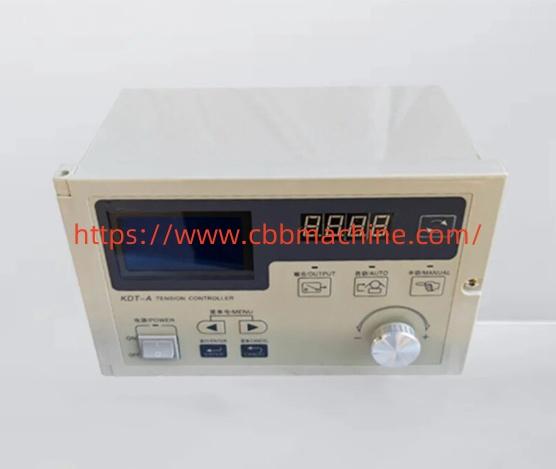In many industrial winding and unwinding processes, the Tension Controller serves as a critical device for maintaining consistent material tension, ensuring both quality output and operational efficiency. Without precise tension control, materials such as films, paper, textiles, and foils can easily stretch, wrinkle, or break during production, leading to costly waste and production delays.
A well-designed controller constantly monitors and adjusts the tension applied to the material as it moves through the machine. It works by integrating sensors, control units, and actuators to maintain an optimal balance between the pulling and feeding forces. This ensures that materials remain stable, aligned, and free from deformation, even at high speeds.
Industries benefit from different control modes depending on their production requirements. Open-loop controllers operate without direct feedback from the material, making them suitable for applications with predictable conditions. Closed-loop controllers, on the other hand, use real-time feedback from tension sensors to adjust output continuously, delivering exceptional accuracy for demanding manufacturing processes.
Modern units often include digital interfaces, making it easier for operators to set and monitor parameters. These interfaces may feature programmable settings for different materials, production speeds, and tension ranges, allowing quick adaptation when switching between product types. Integration with other automation systems also streamlines production workflows, minimizing downtime and operator intervention.
The choice of tension control system depends on several factors, including material properties, machine speed, and application type. For delicate films or high-value materials, precise closed-loop control may be necessary to avoid defects. For less sensitive materials, a simpler system might suffice while still improving process reliability.
Maintenance is relatively straightforward but essential for performance longevity. Regular inspection of sensors, calibration of control units, and keeping electronic components clean help avoid inaccurate readings and irregular tension. Staff training ensures operators understand both the technical and operational aspects, leading to fewer production issues.
By investing in an appropriate tension control solution, manufacturers can achieve higher efficiency, reduce waste, and maintain consistent quality. The right setup also supports faster changeovers and flexibility to meet customer demands without sacrificing precision. For more technical details, visit https://www.cbbmachine.com/news/industry-news/tension-controller-types-importance-applications-and-more.html

